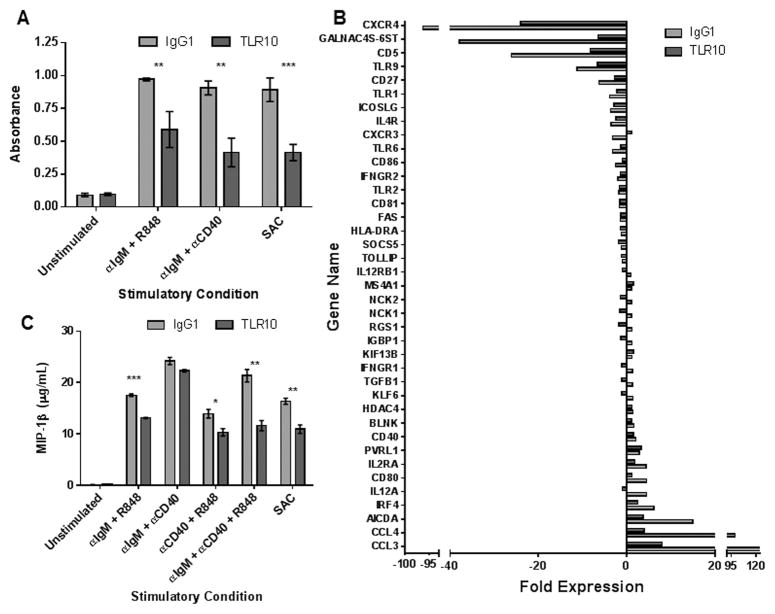Figure 2. Primary human B-cell activation is suppressed by an αTLR10 antibody.
Human primary B-cells were isolated from peripheral blood of healthy donors by negative selection and pre-incubated with either an isotype control or TLR10 mAb for 30 minutes prior to stimulation. (A) B-cells were stimulated with the indicated agonists for 96 hours with BrdU added after 72 hours of stimulation. BrdU incorporation was assayed by ELISA on six different donors. (B) B-cells were stimulated with αIgM and CpG for 24 hours after which RNA was isolated and assayed for activation using a B-cell PCR superarray. Bars represent the fold expression of stimulated cells compared to control cells which were left unstimulated in the presence of the isotype control antibody for 30 min. (C) B-cells were stimulated with the indicated agonists. Cell-free supernatants were collected after 24 hours and assayed for MIP-1β by ELISA.* p < 0.1; ** p < 0.05; *** p < 0.01

